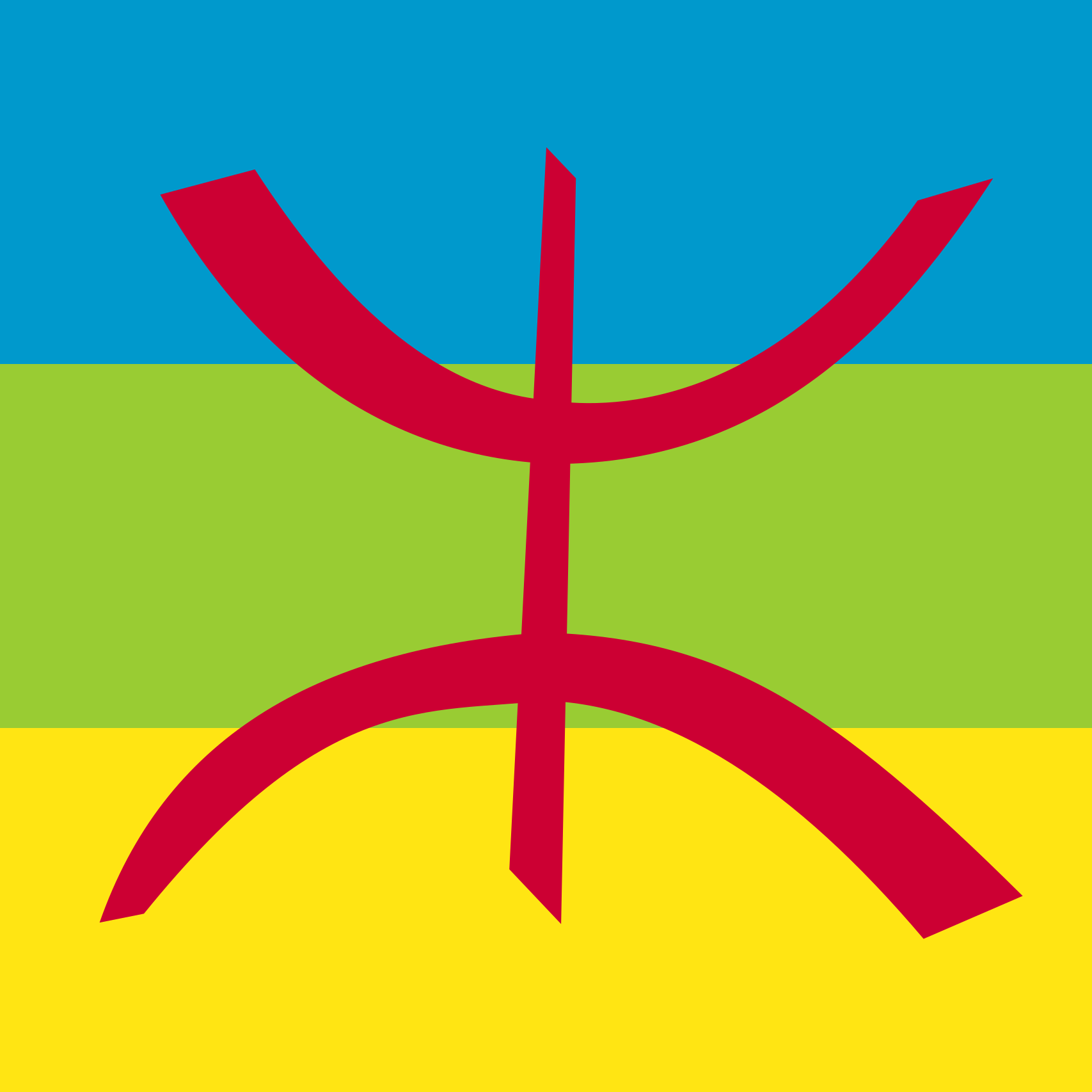The Amazigh people have a rich and diverse culture, with a unique language, music, and art. In this part of the article, we will explore the Amazigh language and its dialects, the importance of the Amazigh language and its role in Amazigh culture, traditional Amazigh music, dance, and art, and religion and spirituality in Amazigh culture.
Overview of the Amazigh Language and Its Dialects:
The Amazigh language is a branch of the Afro-Asiatic language family and has several dialects, which are spoken by different Amazigh communities. Some of the most common Amazigh dialects include Tashelhit, Tamazight, Kabyle, and Chaoui.
The Amazigh language is known for its complex grammar and morphology, with a rich system of prefixes and suffixes that indicate tense, aspect, and mood. The Amazigh language also includes several loanwords from Arabic, French, and Spanish.
The Importance of the Amazigh Language and Its Role in Amazigh Culture:
The Amazigh language is central to Amazigh culture, identity, and resistance. The Amazigh language has been passed down through generations, with many Amazigh people speaking it as their first language.
The Amazigh language is also an important tool for preserving and promoting Amazigh culture, history, and heritage. Many Amazigh songs, poems, and stories are written in the Amazigh language, and there have been recent efforts to promote the teaching and learning of the Amazigh language in schools and universities.
Traditional Amazigh Music, Dance, and Art:
Traditional Amazigh music is diverse and includes a range of genres, such as folk, pop, and rock. Amazigh music is characterized by its use of traditional instruments, such as the guembri (a type of bass guitar) and the bendir (a frame drum). Amazigh music also includes traditional dance, which is often performed at weddings and other social events.
Traditional Amazigh art is characterized by its use of intricate geometric patterns, bright colors, and natural motifs, such as palm trees and camels. Traditional Amazigh art can be found in textiles, pottery, jewelry, and other decorative objects.
Religion and Spirituality in Amazigh Culture:
The Amazigh people have a rich spiritual and religious heritage, with many Amazigh people practicing Islam, Christianity, and Judaism. However, there are also many Amazigh people who practice traditional animist religions, which emphasize the importance of nature, ancestors, and spirits.
Traditional Amazigh animist beliefs include the belief in jinns, or supernatural spirits, and the importance of ancestral worship. These beliefs are reflected in many Amazigh rituals and ceremonies, such as the Imilchil Marriage Festival in Morocco, which celebrates the union of two tribes and the end of a conflict.
In conclusion, the Amazigh language and culture are central to Amazigh identity and heritage. The Amazigh language is a complex and diverse language, with several dialects spoken by different Amazigh communities. Amazigh culture is characterized by its rich music, dance, and art, as well as its spiritual and religious beliefs. In the next part of this article, we will explore the Amazigh people in North Africa in more detail.
